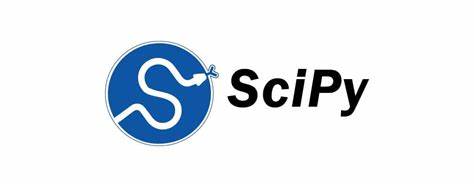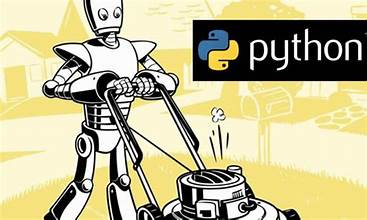Introduction
- SciPy vs NumPy
- Overview of SciPy features and components
Getting Started
- Installing SciPy
- Understanding basic functions
Implementing Scientific Computing
- Using SciPy constants
- Calculating integrals
- Solving linear equations
- Creating matrices with sparse and graphs
- Optimizing or minimizing functions
- Performing significance tests
- Working with different file formats (Matlab, IDL, Matrix Market, etc.)
Visualizing and Manipulating Data
- Implementing K-means clustering
- Using spatial data structures
- Processing multidimensional images
- Calculating Fourier transformations
- Using interpolation for fixed data points
Troubleshooting
Summary and Next Steps
Introduction
Stata and Big Data
- What is Stata?
- Stata syntax and commands
R Programming
- What is R?
- R syntax and structure
Preparing the Development Environment
- Installing and configuring Stata
- Installing and configuring R libraries and frameworks
R and Stata
- Reading and writing to Stata with R
Databases and Data in Stata
- Opening and clearing databases
- Compressing databases
- Importing and exporting databases
- Viewing, describing, and summarizing raw data
- Using tabulations and tables
- Implementing variables for data manipulation
Descriptive Analysis and Predictive Analysis
- Working with distributional analysis
- Working with Monte Carlo simulations
- Working with count data analysis
- Working with survival analysis
Hypothesis Testing
- Testing and comparing means
Graphing in Stata
- Using plots, charts, and graphs
- Working with statistical analysis in graphing
- Styling and combining graphs
Regression Models with R
- Using bivariate correlation and regression
- Working with OLS regression, logits, and probits
- Using interactive effects in regression models
Summary and Conclusion

